Drawing anime characters isn’t just about sketching lines and filling in colors—it’s a creative art that requires practice, patience, and smart strategies. Whether you’re just starting out or already have some experience, Learn Anime Drawing with Techniques and Tips in new and innovative ways can greatly enhance your artistic skills and help you develop your own unique style.
In this article, we’ll explore practical techniques and ideas to help you learn anime drawing like a pro—and enjoy the journey.
Anime Drawing Techniques and Key Methods
To truly learn anime drawing, it’s important to explore a variety of techniques and tools. From digital to traditional methods, mastering shading, lighting, facial expressions, and body movement are all part of the process.
Using Digital Tools to Learn Anime Drawing
In today’s world, digital drawing has become an essential part of anime art. Tools like Adobe Photoshop, Clip Studio Paint, and Procreate offer great flexibility when it comes to colors, layers, effects, and correcting mistakes.
You can experiment with character poses and backgrounds in anime style, building full scenes with rich details. Make use of tools like the watercolor brush for softness, and the sharp pen tool for bold, defined lines—finding the balance between the two is key in anime drawing.

Studying Various Anime Styles
Dedicate time to observing different anime art styles. Notice how your favorite artists draw eyes, hair, facial expressions, and body movements. This helps you build a strong visual memory, which allows you to draw from imagination without constantly relying on references.
Mastering Lighting and Shadow Techniques
Lighting and shadows are powerful tools in anime drawing. Learn how to position light sources in a scene and how shadows fall naturally on the face and body to create a lively, three-dimensional effect.
Use techniques like gradients, cross-hatching, and soft shading to bring more visual depth to your characters. These are crucial steps if you want your anime art to feel real and emotionally impactful.
Using Reference Libraries
If you want to learn anime drawing faster, building or using a reference library is a must. Keep folders of saved images, manga panels, or anime screenshots. These resources help you study clothing styles, hairstyles, accessories, and camera angles—so you can bring more variety and accuracy into your own drawings.

Where and How to Learn Anime Drawing
There are many accessible resources that can help you improve:
- Online courses on platforms like Udemy and Skillshare focused specifically on anime character design.
- YouTube channels that offer step-by-step tutorials to help you learn anime drawing.
- Anime drawing books that provide structured lessons and visual guides.
- Art communities on Discord, Reddit, and more, where you can share your work and receive constructive feedback.
Practical Tips to Improve Your Drawing Skills
Challenge yourself: Take on weekly themes like “angry face expression” or “full anime scene with background.”
Draw every day: Even 15 minutes a day can make a difference.
Experiment constantly: Try new expressions, angles, and body poses.
Share your work: Post your drawings for feedback and encouragement.
My Online Shop Has Everything You Need as an Artist
Additional Resources for Learning Anime Drawing
Follow creative instructors on Instagram and YouTube—such as Samar Art—who share golden tips that can fast-track your growth. You can also study anime scenes in slow motion to analyze how characters move, express emotions, and how light and shadow work in motion.

For better results, always read the script or dialogue of a scene before drawing. Understanding the character’s emotions and the story behind the scene helps you create expressive, realistic anime faces that captivate your audience. It will also help you develop a unique drawing style of your own.
Final Thoughts and Encouragement
Remember, learning and improving is a fun journey that takes daily practice and patience. Every new drawing is a step forward in refining your style and skill. Enjoy the process, try new techniques, and don’t fear mistakes—they’re an essential part of becoming a great anime artist.
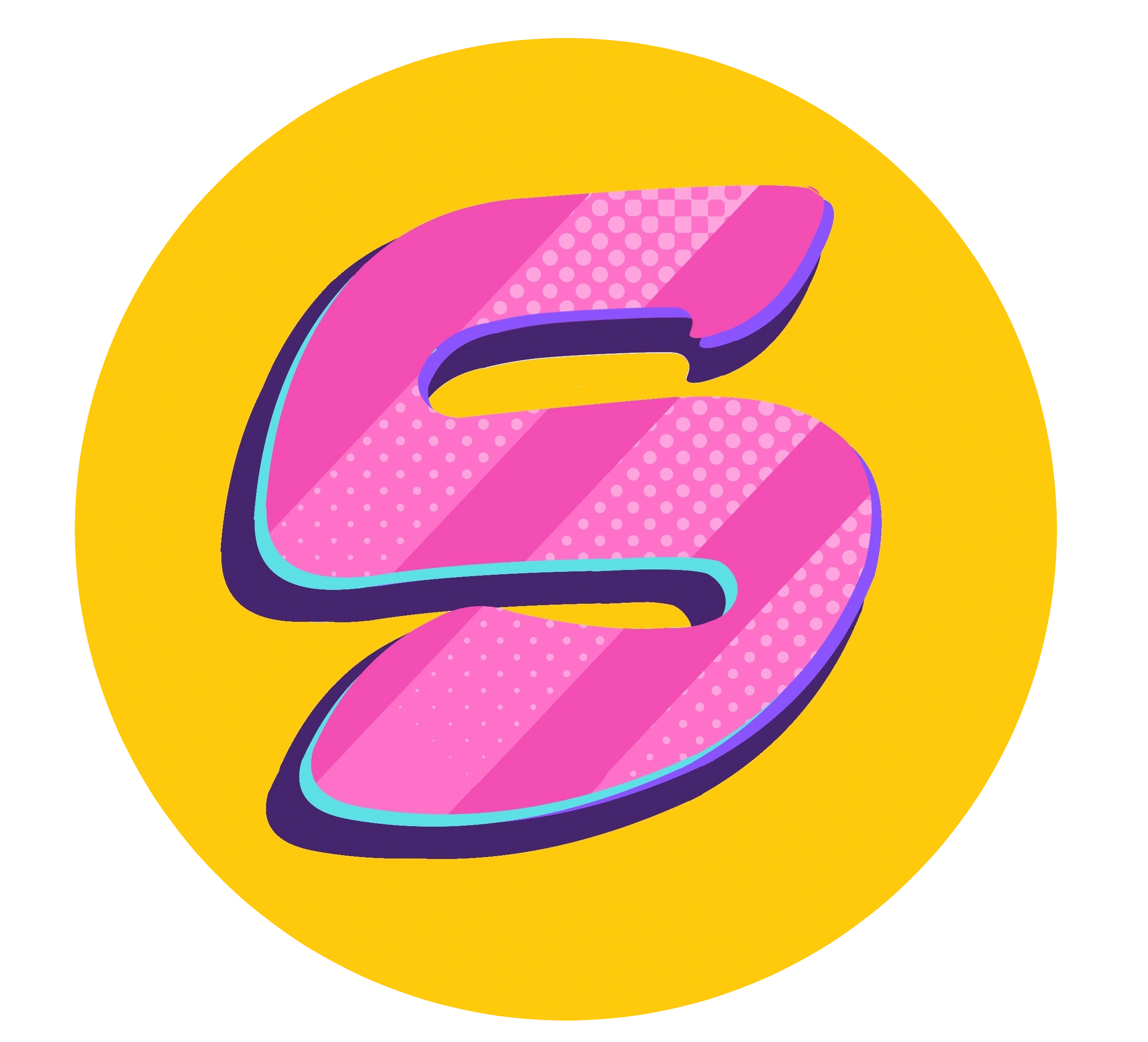
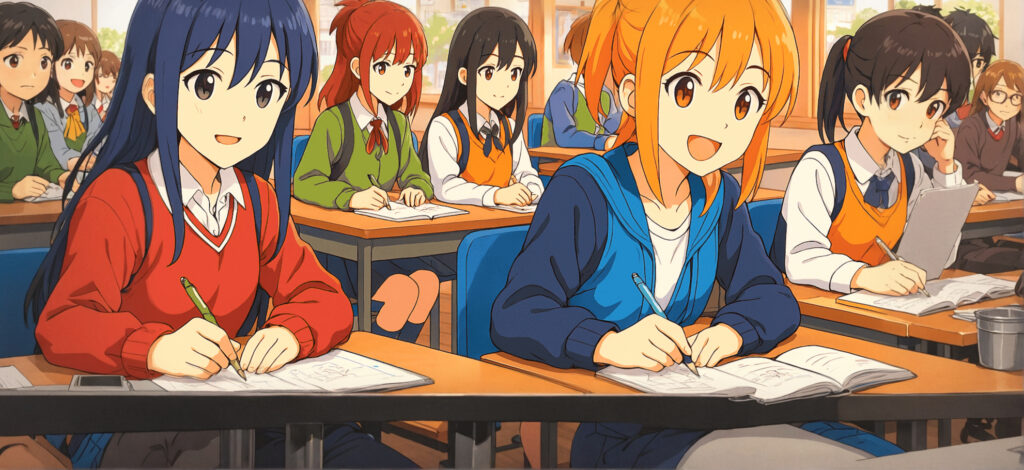
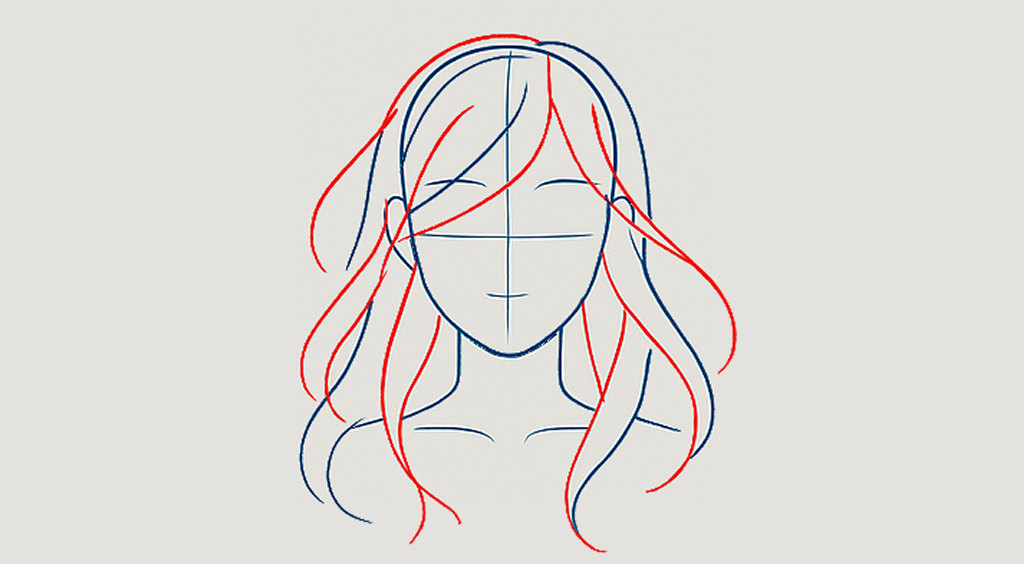
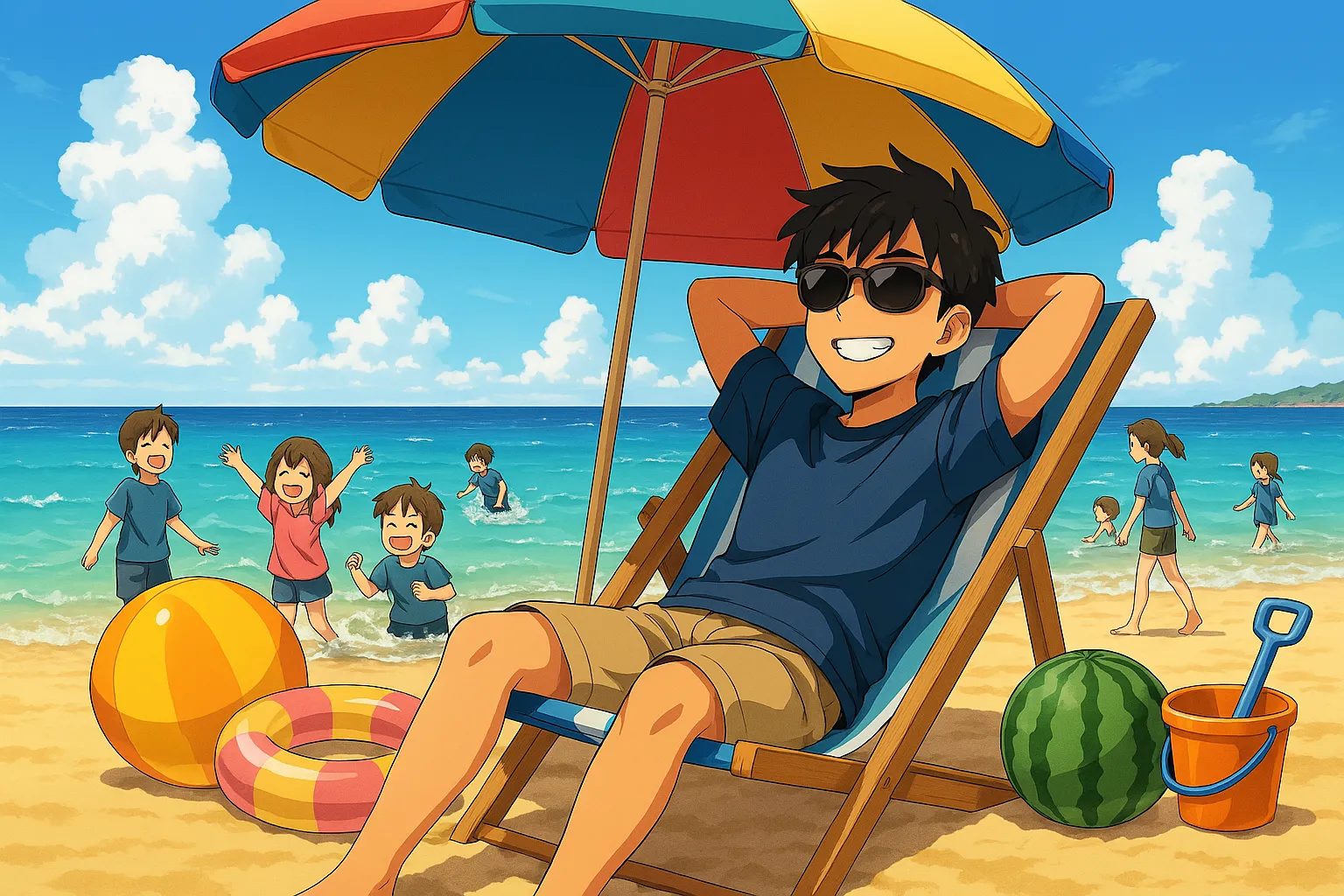
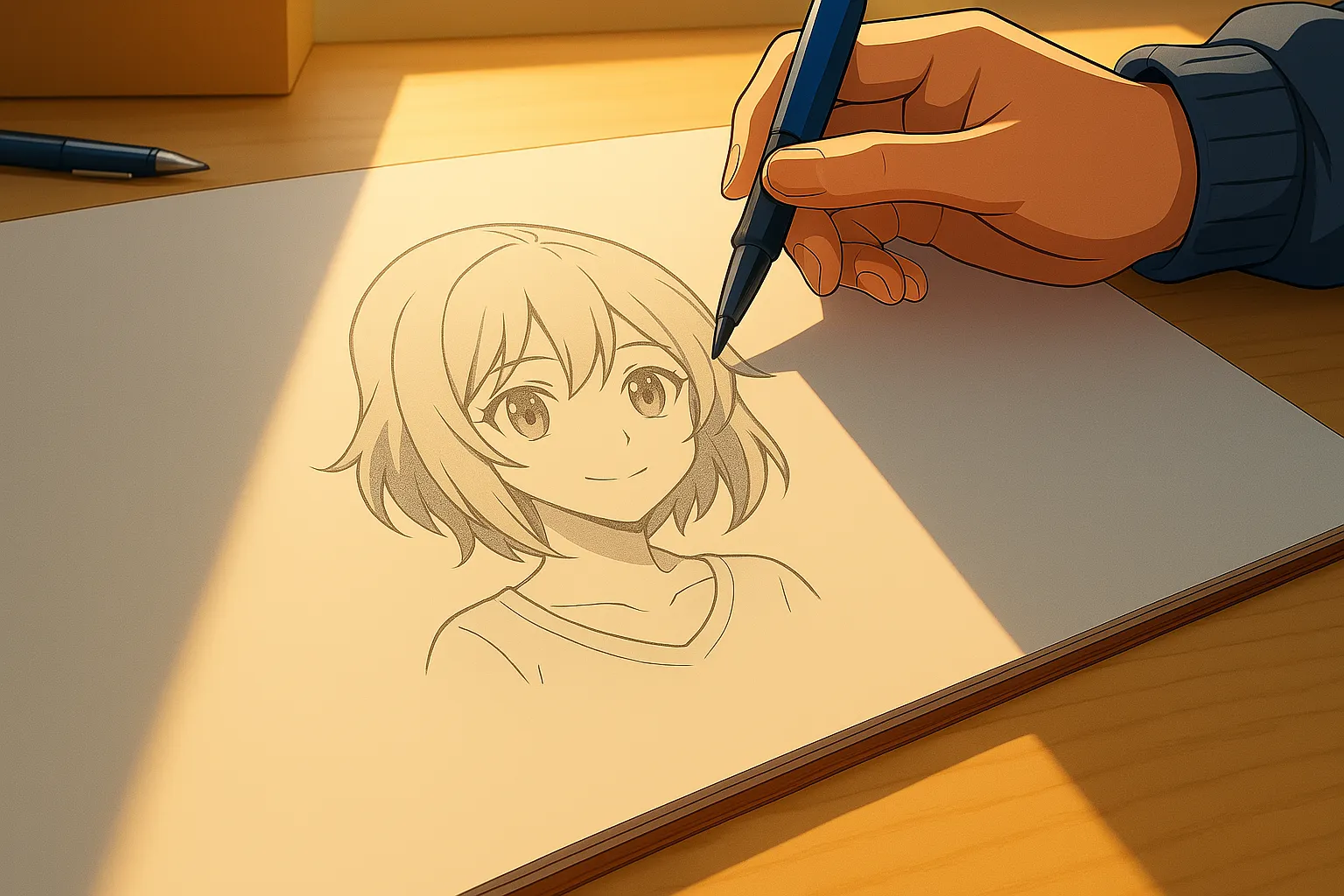
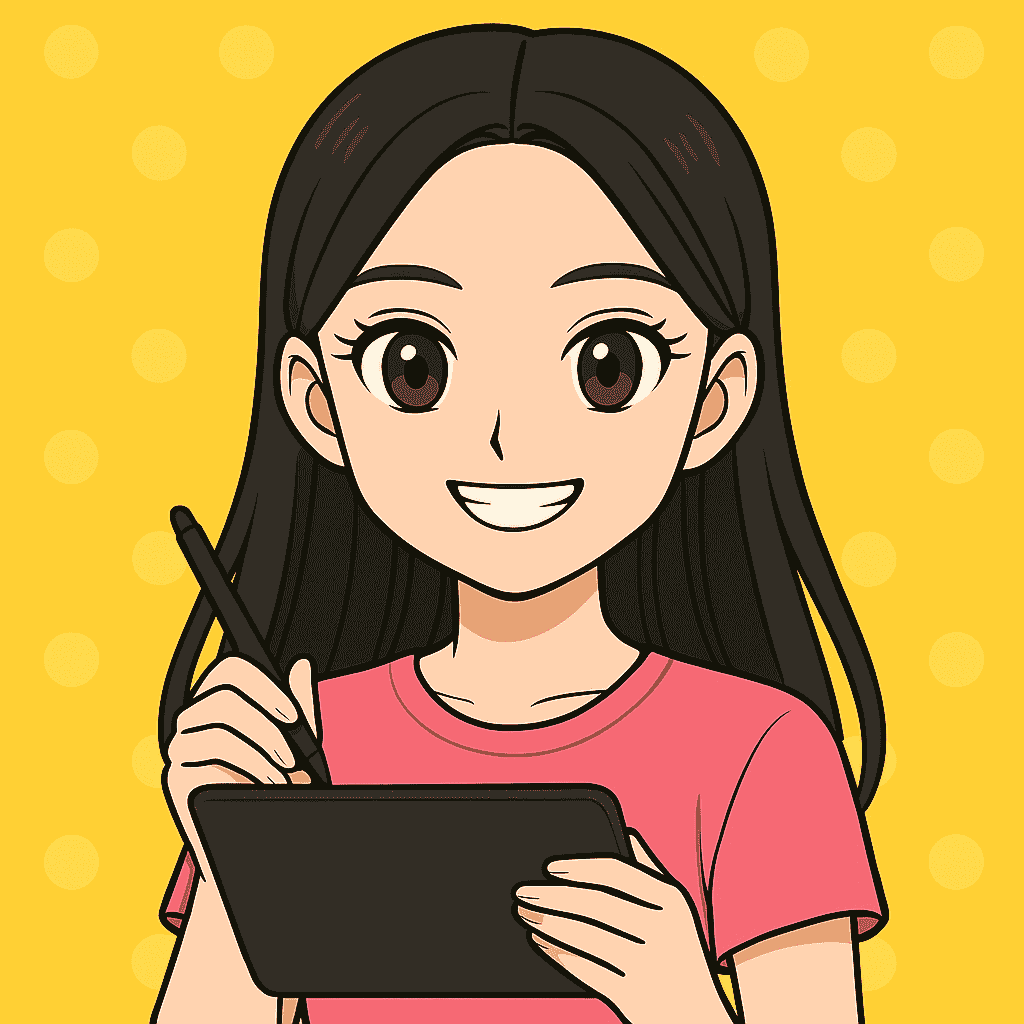
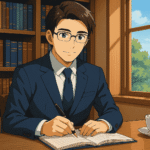

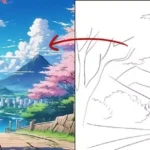
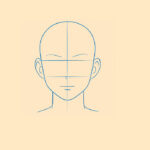
Leave a Reply